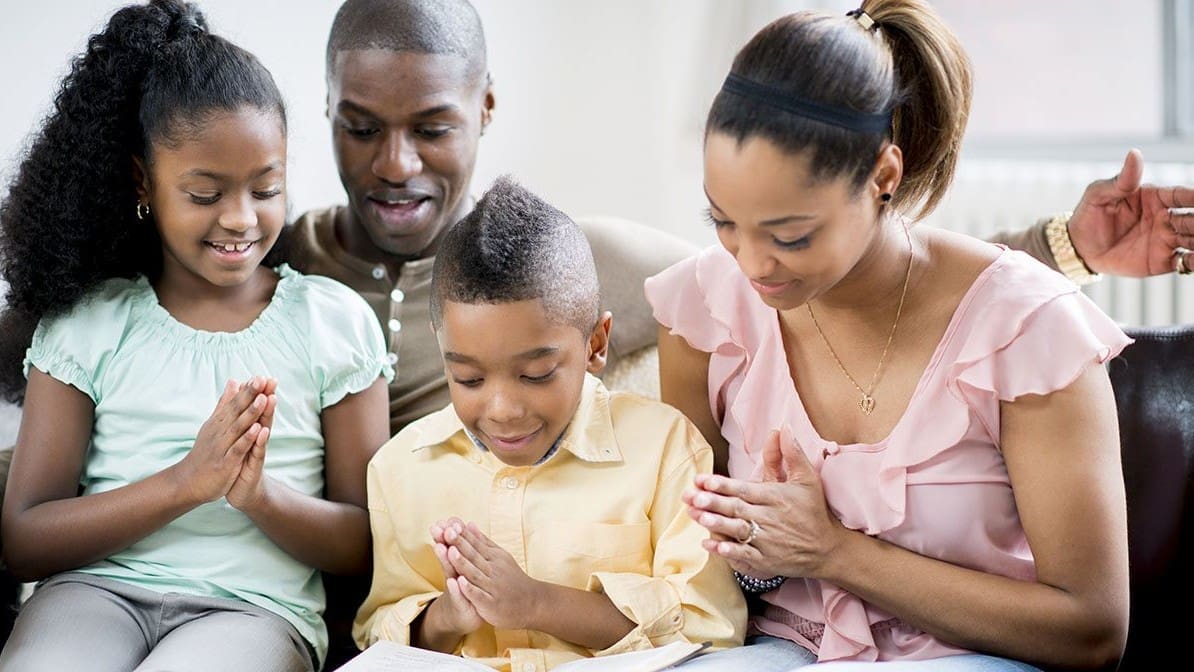
Do’s and Don’ts When Your Child Is Bullied
Autumn was going down the steps one morning before school looking for her friend. She heard footsteps. Hoping to see her friend, Autumn turned to come face to face with the class bully. Without giving Autumn time to move, Heather ran straight into Autumn. Autumn’s feet went up into the air and her head hit the concrete floor with a thud. The resulting concussion affected her life and activities for almost a year. By the way, Autumn was only seven-years-old.
Autumn is not alone. According to nobullying.com, seven out of 10 children face bullies in some way at some time. When a child is bullied, the whole family is affected.
What’s a parent to do?
Parents need to understand what bullying is to help their children understand. The stopbullying.gov website says bullying is “unwanted, aggressive behavior among school-aged children that involves a real or perceived power imbalance. The behavior is repeated, or has the potential to be repeated, over time.” If children understand bullying, they can identify it. If they have tools to counter it, they can stand up for themselves.
The stereotype bully is the big, bad boy in class who threatened everyone to do his bidding. Today bullying has expanded to include not only physical bullying but verbal, emotional, social, and cyberbullying.
“Bullying is about control,” says Seth Buckley, Minister to Students at a megachurch. “Often the bully does not have control at home and can’t control his or her own emotions. So he or she looks for someone who can be controlled.”
Signs your child may be a victim of bullying.
- Mood swings
- Not eating
- Doesn’t want to go to school but won’t say why
- Frequently complains of headaches and stomachaches
- Nightmares
- Jumpy
- Withdrawn
- Grades drop
- Self-esteem issues
- Change in attitude
- Depression
- Overly dramatic
Understanding the types of bullying your child may be encountering.
Physical Bullying: Many children endure physical advances from others. Autumn’s experience was not limited to one incident. Heather had pinched, pushed, and verbally ridiculed Autumn for almost a year before intentionally knocking her down the stairs. Bullies also kick, break other people’s stuff, or make hurtful hand gestures.
Verbal and Emotional: “Sticks and stones can break my bones, but words can never hurt me.” This childhood chant sounds good but is not true. Words can hurt deeply and leave emotional scars that may never completely heal.
When children or teenagers want to hurt their peers, often they resort to words – teasing, taunting, threatening, name-calling, or inappropriate sexual remarks. They do this in front of their friends and the hurt is multiplied.
Social: Social, or relational, bullying involves hurting someone’s reputation or damaging relationships. Methods include intentionally embarrassing someone in public, exclusion, or spreading rumors. Social bullying is sometimes the most public of all bullying methods.
Everyone wants to be liked. Social bullies know public shame hurts in a way that may never be forgotten. The resulting low self-esteem feels insurmountable.
Cyber: Comments on social media networks can be anonymous and become viral in a matter of minutes. Parents should know who their children chat with online and what sites they are visiting.
Parents need to know their child’s personality, friends, and normal demeanor to give them a base to determine if there is a problem.
When your child is being bullied here are some important do’s and don’ts for parents.
Do keep the lines of communication open. A close relationship with your children begins with good communication. If your child feels comfortable talking with you, he or she will come to you when a problem arises.
Try to have conversations every day that will give you a glimpse into your child’s life. If you don’t know where to start, ask questions such as:
What did you do at school?
Who did you eat lunch with?
Do you have any special projects coming up?
Listen to the answers. Don’t expect your child to automatically open up if you are not used to having detailed conversations. However, don’t ask questions every day as if interviewing your child. Be creative in starting conversations to keep communication growing.
Do build your child’s self-esteem. Emphasize his or her strengths and teach him or her how to operate in them. Find extracurricular activities where your child can excel. This helps him or her find friends with similar interests.
Do have positive, fun family times. Play games, go on hikes or road trips together, start a family project to do together. This strengthens your child’s safety net.
Do encourage him or her to seek help if they are ever bullied.
Many children think if they tell someone another child is bullying them, they will get in trouble and be labeled a “tattletale.” Explain to your child that tattling is when you tell something for the purpose of getting someone else in trouble. Telling an adult what is going on because you need help is not tattling.
Don’t
Don’t allow a bullying situation to go on and on. Pray for wisdom to know when to step in.
Don’t think you have to go it alone. If your child is being bullied at school, enlist the help of school administrators and teachers. If bullying happens at an activity, talk to the activity director. At church (yes, it happens), talk to a minister. Ask your friends to pray for you, your child, and the bully. No child should feel unsafe at activities.
Even if the bully is physically out of the picture, your child will have to heal emotionally and mentally. In severe situations, you may need to seek professional help to completely heal.
Autumn says, “Be patient with your child if he or she has been bullied. Even if the bullying issue has been resolved it will take your child a long time to get rid of the ‘bully-leash.’ The bully-leash, (anger, withdrawal, sadness, depression) will hold your child’s mind and emotions until his or her confidence is restored.”
…
Order your copy of LINKED: Quick Guide to Personalities by Linda Gilden
Trending Now
Sign up today for your Inspiration Today Daily Newsletter
Supercharge your faith and ignite your spirit. Find hope in God’s word. Receive your Inspiration Today newsletter now!
Linda Gilden
Linda Gilden is an award-winning writer, speaker, editor, writing coach, and personality consultant. Author of Articles, Articles, Articles!, the LINKED Quick Guides to Personalities series, and over a thousand magazine articles, Linda loves to share a great story almost as much as she loves playing with her grandchildren! Learn more at lindagilden.com
Related Articles
April 18, 2024
Talking to Your Children About Tragedy
Watching my children hurt is one of the hardest things for me as a parent. There are moments where…
April 17, 2024
Engage in Family Prayer to Impact Lives
Grow closer as a family through prayer while helping your children to become prayer warriors and…
April 17, 2024
Fields of Grace: Passion, Cows, and Quitters
Excerpt taken from Fields of Grace: Sharing Faith from the Horse Farm by Cara Whitney Chapter 2…
Next Steps To Strengthen Your Walk
Submit A Prayer Request
We are here for you. Simply click on the button below to reach us by form, email or phone. Together we will lift our hearts and voices with you in prayer.
Partner WIth Us
Sow a seed of faith today! Your generous gift will help us impact others for Christ through our global salvation outreach and other faith based initiatives.
Inspiration TV
Watch Christian content from your favorite pastors, christian movies, TV shows and more.






